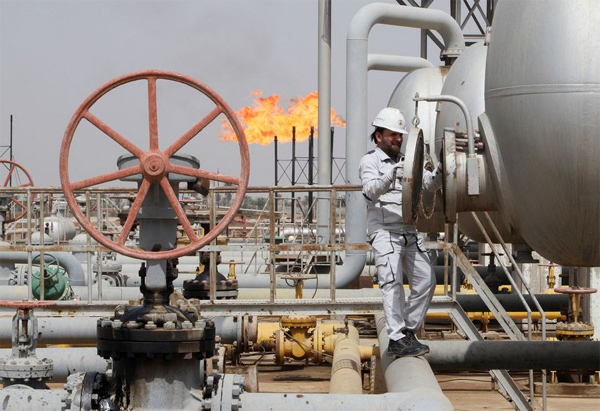
William Watts, MarketWatch
NEW YORK
EnergiesNet.com 12 23 2022
Oil futures rose Friday, booking strong weekly gains, as concerns grew about a drop in Russian exports following the imposition of a price cap by G7 countries earlier this month.
Russia’s deputy prime minister, Alexander Novak, told state television Friday that Russia could reduce oil output by 5% to 7% in the new year, according to news reports.
Price action
- West Texas Intermediate crude for February delivery CL00, -0.26% CL.1, -0.26% CLG23, -0.26% rose $2.07, or 2.6%, to close at $79.56 a barrel on the New York Mercantile Exchange, extending its weekly gain to 6.9%.
- February Brent crude BRNG23, +0.06%, the global benchmark, rose $2.94, or 3.6%, to settle at $83.92 a barrel on ICE Futures Europe, for a 6.2% weekly rise. March Brent BRN00, +0.06% BRNH23, +0.06%, the most actively traded contract, rose $2.83, or 3.4%, to close at $84.50 a barrel.
- Back on Nymex, January gasoline RBF23, -0.49% jumped 6% to $2.3836 a gallon.
- January heating oil HOF23, +0.01% advanced 4.3% to $3.2661a gallon. Gasoline saw a weekly rise of 11.8%, while heating oil advanced 4.7%.
- January natural gas NGF23, +0.91% rose 1.6% to close at $5.079 per million British thermal units, suffering a weekly fall of more than 23%.
Market drivers
Brent and WTI saw their biggest weekly gains since the week ended Oct. 7, with support tied to “China’s fast-tracked policy pivots and on threats, idle or not, that Russia might cut crude production in response to the price cap imposed by G-7 after Deputy Prime Minister Alexander Novak said so on state television Friday,” said Stephen Innes, managing director of SPI Asset Management, in a note.
Preliminary data pointed to a collapse in the volume of Russian seaborne oil exports in mid-December, said Tatiana Orlova, lead emerging markets economist at Oxford Economics, in a Friday note. The figures suggest some success in meeting the price cap objective of curtailing Russia’s revenues, but less in terms of keeping Russian crude on the market, Orlova said.
Bloomberg reported earlier this week that Russia’s total seaborne crude exports plunged by 1.86 million barrels a day, or 54% week over week, to just 1.6 million barrels a day in the week ending Dec. 16. Reuters on Friday reported that exports of Russia’s Urals crude from Baltic ports could fall by a fifth in December.
“The collapse in volumes appears related to logistics including shipping shortages; we see no evidence that Russia is deliberately cutting its oil exports,” Orlova wrote.
Russia is still weighing its response to the imposition of a European Union embargo on imports of seaborne Russian crude and an EU/G-7 price cap on Russian crude that came into force on Dec. 5, “but we think Russia will seek to avoid further damage to its oil output and exports in current circumstances,” she said.
TC Energy on Friday said it had received permission from the U.S. government to restart the segment of the Keystone Pipeline that had been shut down after a spill of around 14,000 barrels of crude in a Kansas creek earlier this month. “We will be commencing activities to support the safe restart of the segment, including rigorous testing and inspections, and this will take several days,” the company said, in a statement.
marketwatch.com 12 23 2022












